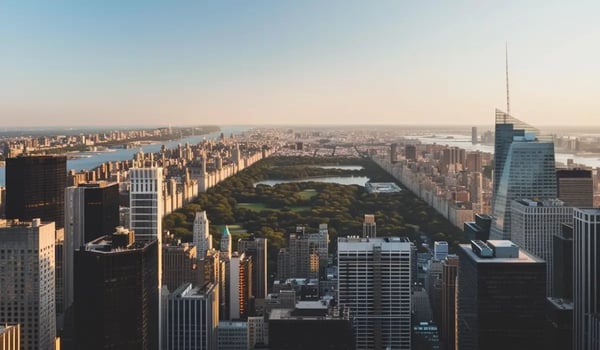Biodiversity in Urban Green Infrastructure: A Call to Action
Urban centers, often hailed as the engine of economic growth, are also at the forefront of a biodiversity crisis. With approximately 80% of land in the EU either built on or devoted to agriculture, the rapid expansion of urban landscapes poses a significant threat to our natural ecosystems. Addressing this concern necessitates a vital shift towards biodiversity-oriented design in urban green infrastructure.
The Importance of Biodiversity in Urban Environments
Biodiversity is essential for the health of our ecosystems and, ultimately, our survival. Urban areas, despite their concrete jungles, can and must contribute positively to biodiversity. Incorporating elements such as green roofs, urban forests, and pollinator gardens not only mitigates heat but also provides habitats for various species. A study by the European Commission highlights that urban green infrastructure can substantially enhance biodiversity, leading to healthier urban environments.
What is Urban Green Infrastructure?
Urban Green Infrastructure (UGI) refers to a network of natural and semi-natural areas designed to manage urban ecosystems and enhance urban living conditions. This framework integrates green spaces into city planning, creating multifunctional landscapes that support biodiversity, climate resilience, and sustainable development.
By utilizing UGI, we can transform urban areas into biodiversity havens, balancing urbanization with ecological preservation. The most pressing challenge today is integrating these green infrastructures into existing urban frameworks. Efforts must prioritize biodiversity; hence, businesses play a pivotal role in adopting biodiversity-oriented designs that benefit both company operations and the surrounding environment.
Biodiversity-Oriented Design: A Necessity for Businesses
As stakeholders in urban environments, businesses have both the opportunity and the responsibility to adopt practices that foster biodiversity. Implementing biodiversity-oriented designs in business premises can lead to a myriad of benefits, including enhanced employee well-being, improved public image, and better resilience against urban heat effects.
The Economic Case for Biodiversity
Investing in biodiversity not only contributes to ecological health but also to economic performance. According to a report from the World Economic Forum, biodiversity loss poses a risk to businesses, potentially threatening their supply chains and operational sustainability.
Companies that integrate biodiversity into their business strategies can benefit from increased resilience against these risks. By adopting green practices, companies can attract environmentally-conscious consumers, potentially leading to increased sales and improved brand loyalty. From installing green roofs to creating native plant gardens, the possibilities for enhancing urban biodiversity are both varied and impactful.
Successful Case Studies in Urban Green Infrastructure
Several cities worldwide have begun to successfully implement biodiversity-oriented design into their urban planning processes. For example, Singapore's Gardens by the Bay features vast green spaces that showcase unique flora and contribute to urban biodiversity. This approach not only enhances the aesthetic appeal of the area but also provides vital habitats for urban wildlife. Moreover, cities like Melbourne have invested heavily in their Urban Forest Strategy, aiming to double the amount of tree canopy cover by 2040. Such initiatives not only improve air quality and reduce heat but also improve biodiversity in otherwise stark urban settings.
Collaboration is Key
To maximize the benefits of urban green infrastructure, collaboration among stakeholders—including governments, businesses, and local communities—is essential. Governments can incentivize biodiversity-oriented designs through grants and subsidies, while businesses can lead by example, demonstrating the benefits of integrating nature into urban spaces. This holistic approach can create a synergy where urban development and conservation coexist, leading to vibrant, resilient cities teeming with biodiversity.
Conclusion: A Call to Action
As we face a growing biodiversity crisis amidst rapid urbanization, it is imperative for investors, policymakers, and businesses to recognize the importance of integrating biodiversity into urban planning. By adopting biodiversity-oriented designs and investing in urban green infrastructure, we can create cities that not only thrive economically but also foster a rich tapestry of life.
The future of our urban areas hinges on our decisions today. Let us actively pursue designs that prioritize ecology alongside economic growth. The time for action is now, and the benefits for our communities and the planet will be well worth the effort. Engage with CarbonUnits.com to stay informed on the latest trends in carbon and biodiversity markets and explore how you can contribute to sustainable urban development.






